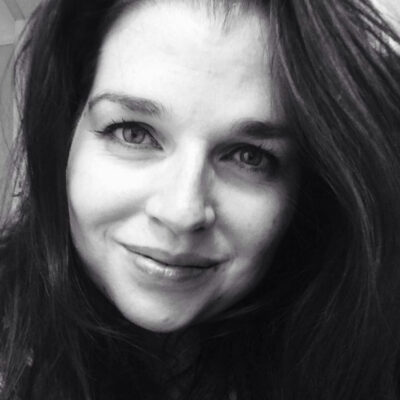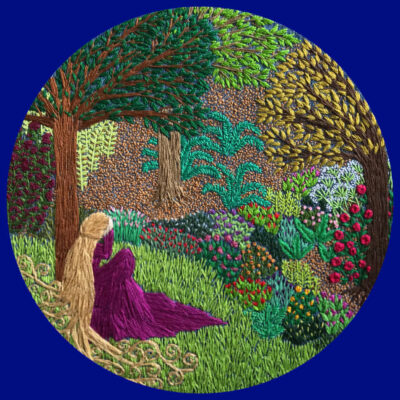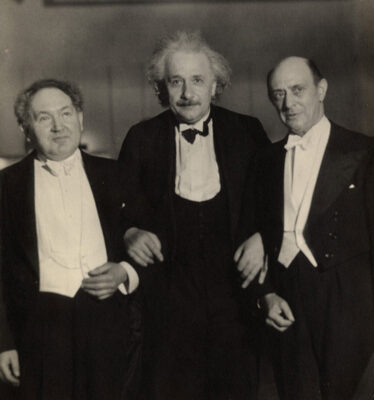
We’re now 7 months into 2023 and I’ve been noticing some things that are quite different from previous years.
- People are curious for something new, something fresh and different. Almost like folks have stopped saying that’s woowoo and started saying ‘Whatcha got?’
- There are most definitely two distinct realities emerging. The old hierarchical one where everything is scary and scarce. And the new quantum one where everything is available for you to create your own version of life and reality.
- While the weather might seem unpredictable, at the same time there’s an increase in the miraculousness of Nature. One wonders if the weather gods aren’t putting purpose in people’s faces and saying ‘Time to act.’, while at the same time the Nature gods are enticing us into a more wondrous interconnection with all of life.
- The quantum field is present all around us now. The air we breathe is packed with great possibilities. Super flow of genius, ideas & innovation have become easy to access.
- We believe … we create. In other words, you think a subtle thought and minutes later whoosh there it is staring you in the face in your reality. So make your thoughts and beliefs great ones! Coz they’re gonna become real real fast from now on.
- There is Joy, oh so much Joy, if you just let yourself experience it. It’s really just a matter of raising your vibration and poof a smile comes on your face with laughter bubbling up from inside. One wonders if that godness that dwells within us all isn’t eager to burst through into our daily lives now. Big smile at that thought.
- And the animals … omg! Spectacular. Sentiently more conscious than ever before. Perhaps they have an ability to let that inner godness burst free more easily than humans.
All that to say that while this might be a really weird year so far, in my books it’s truly an awesome one. Here’s to more great wonders to come.
About the Author:

Soleira Green is a visionary author, quantum coach, ALLchemist & future innovator. She has been creating leading edge breakthroughs in consciousness, quantum evolution, transformation, innovation, intelligence and more over the past 25 years, has written and self-published eleven books, and taught courses all over the world on these topics.










 I believe this with every fibre of my being and I live it, in myself and witnessing it in others, in every way I can. So what are some of these super powers that we’re seeing these days? I’ll try to encapsulate a few of the ones I’m aware of.
I believe this with every fibre of my being and I live it, in myself and witnessing it in others, in every way I can. So what are some of these super powers that we’re seeing these days? I’ll try to encapsulate a few of the ones I’m aware of.
 But in the second half of the 19th century, composers gradually began to deviate from a strict adherence to the principle of tonality, making it difficult to sense where the music stood in relation to the tonic. Schoenberg, believing that tonality had run its course, was determined to supplant it with the series, or tone row. In a series, each of the 12 notes of the chromatic scale of semitones appears exactly once; a note could be repeated only after the series had been completed. This gave a composer a staggering number of combinations to choose from: 1 x 2 x 3 x … x 12 = 479,001,600, to be exact (not counting shifts by octaves, which Schoenberg allowed). In serial music, complete democracy ruled: no single note held any preferred status over the others. Every note was related only to its immediate predecessor in the series; gone were the roles that different notes had played in relation to the tonic. At its heart it was a mathematical system, and Schoenberg was determined to impose it on music.
But in the second half of the 19th century, composers gradually began to deviate from a strict adherence to the principle of tonality, making it difficult to sense where the music stood in relation to the tonic. Schoenberg, believing that tonality had run its course, was determined to supplant it with the series, or tone row. In a series, each of the 12 notes of the chromatic scale of semitones appears exactly once; a note could be repeated only after the series had been completed. This gave a composer a staggering number of combinations to choose from: 1 x 2 x 3 x … x 12 = 479,001,600, to be exact (not counting shifts by octaves, which Schoenberg allowed). In serial music, complete democracy ruled: no single note held any preferred status over the others. Every note was related only to its immediate predecessor in the series; gone were the roles that different notes had played in relation to the tonic. At its heart it was a mathematical system, and Schoenberg was determined to impose it on music.